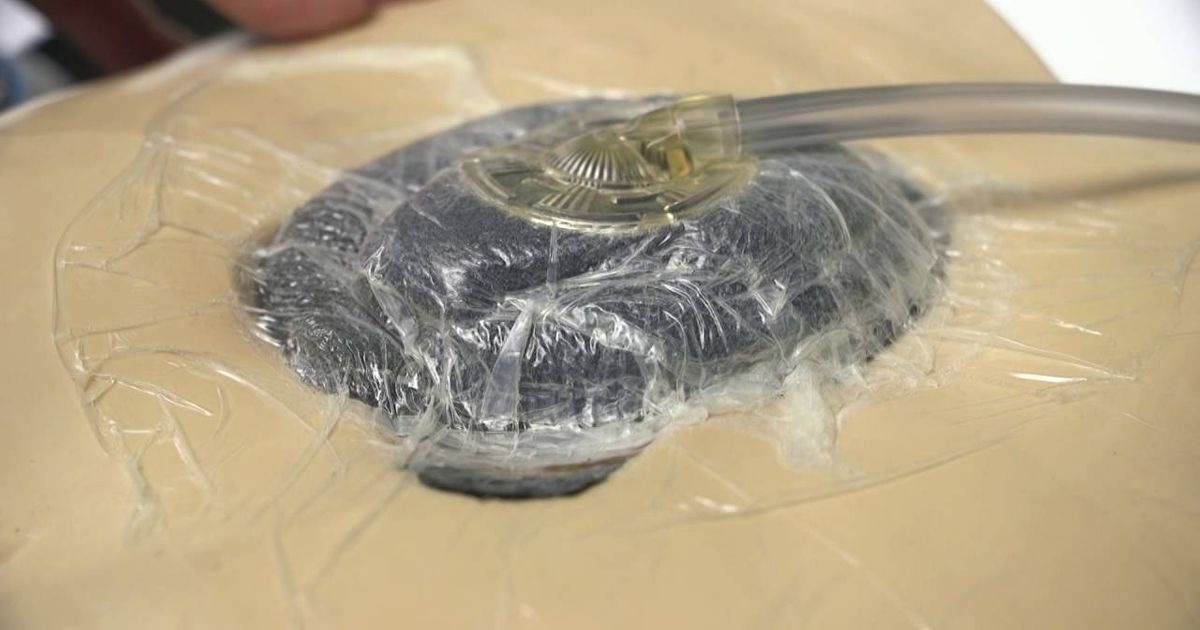A Resourceful Guide To Treating Bedsores
Remove Damaged Tissue
In many cases, bedsores need to have dead, infected, and damaged skin removed from the area. Typically, damaged tissue must be cut in some fashion to remove it from a bedsore, which is a process known as debridement. Individuals can gently flush the area with water. Using salt water can be particularly helpful. Also, they can cut out sloughing or dead skin to remove damaged tissue. Individuals should ensure the area doesn’t hurt when the skin is removed. Also, sterilized equipment should be used when removing dead skin. The area must be clean before it's wrapped to shelter newly developing skin and prevent further pressure damage.
Keep reading to learn more about treating bedsores effectively.
Negative Pressure Therapy

Vacuum-assisted closure or negative pressure therapy uses suction to clean any wound and remains a common form of treatment for bedsores. In this treatment, a vacuum dressing is used to aid and enhance the healing of a wound like a bedsore. Negative pressure therapy involves the placement of a wound dressing that is sealed and used for bedsores, burns, and acute and chronic wounds of other types. The vacuum increases blood flow to the affected area and keeps excess moisture from staying in the wound. Negative therapy may be placed continuously or only occasionally and can be used for a couple of days or much longer. The foam dressing removes sloughing skin, dead skin, blood clots, and other unwanted substances from staying on the wound. Plus, this type of pressure therapy can be done at a person’s residence with the aid of a trained professional.
Uncover the next method of treating bedsores now.
